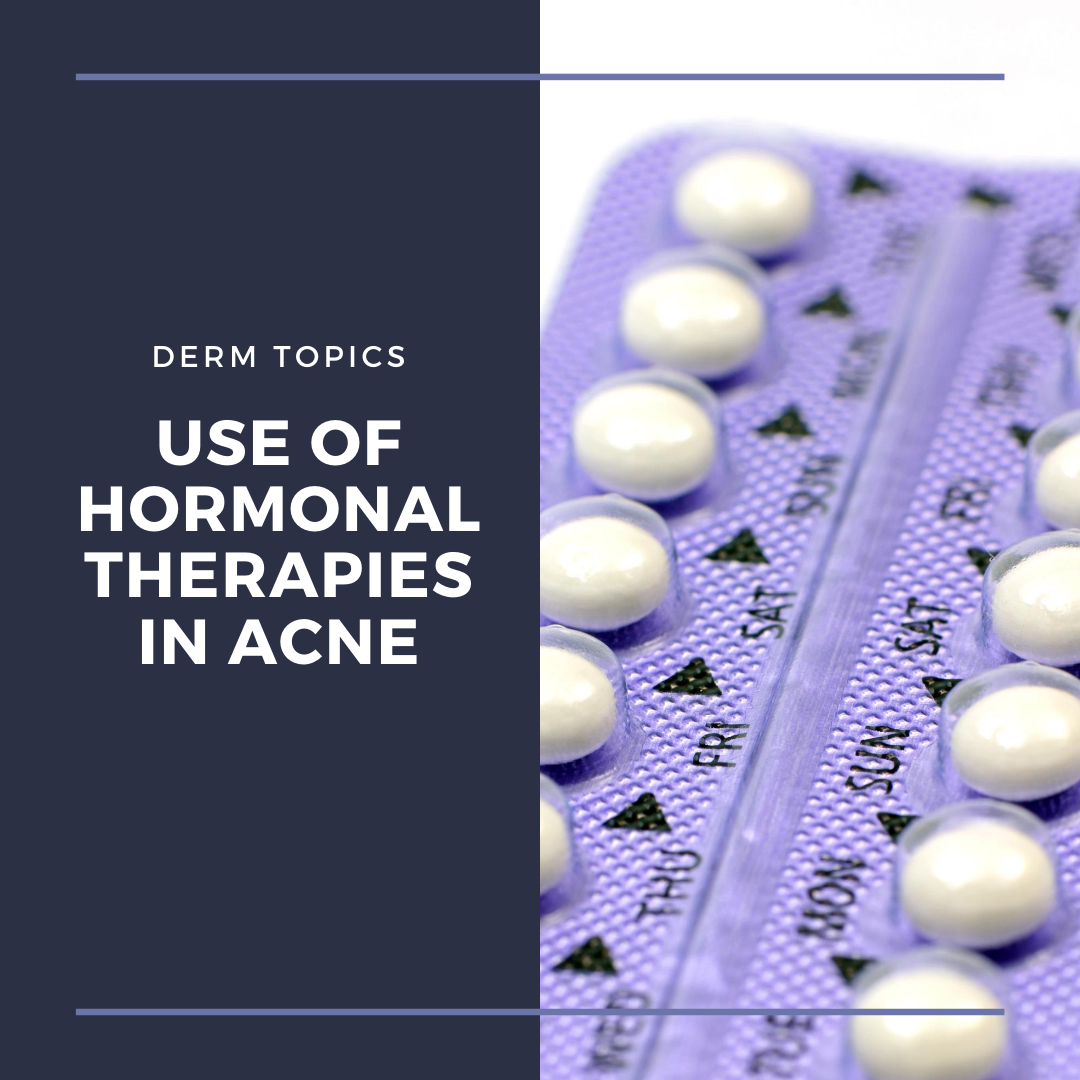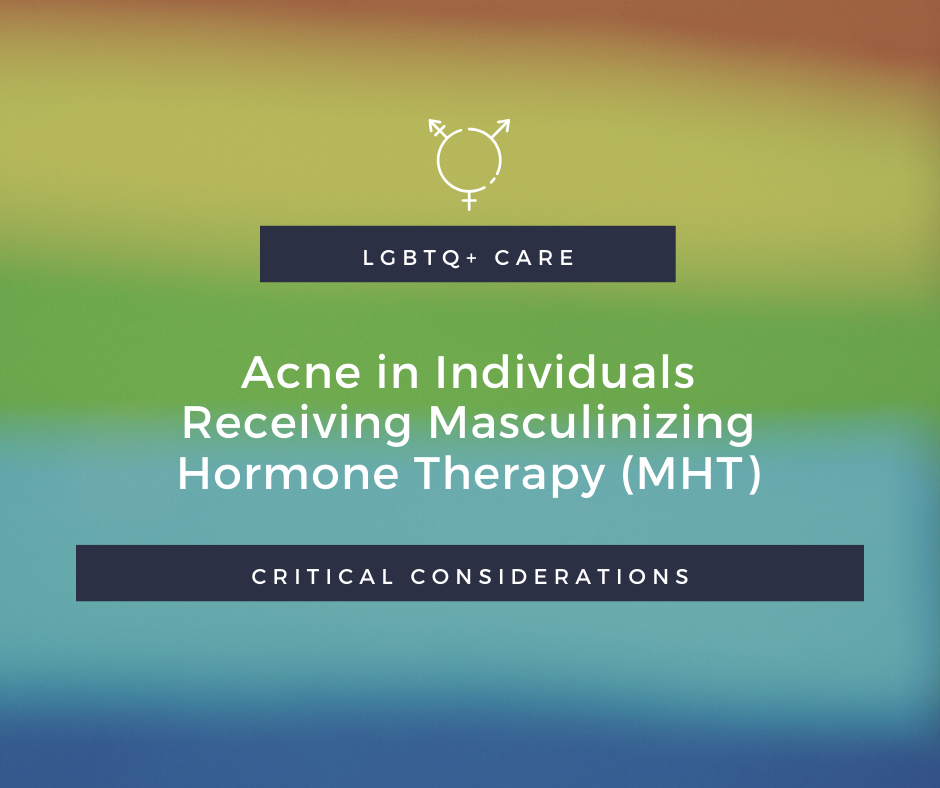Use of Hormonal Therapies in Acne
109691096910969 “2, 4, 6, 8… Who do we appreciate?” Dr. Julie C Harper from the Dermatology and Skin Care Center of Birmingham for giving us a rock-solid breakdown of hormonal therapies for acne. Although she didn’t lead us in cheers, she did teach us the “3, 6, 9, 12” of risk for venous thromboembolism in women of childbearing age. Read on to find out more!
Before we get into the “nitty-gritty,� …
“2, 4, 6, 8… Who do we appreciate?” Dr. Julie C Harper from the Dermatology and Skin Care Center of Birmingham for giving us a rock-solid breakdown of hormonal therapies for acne. Although she didn’t lead us in cheers, she did teach us the “3, 6, 9, 12” of risk for venous thromboembolism in women of childbearing age. Read on to find out more!
Before we get into the “nitty-gritty,� …
 “2, 4, 6, 8… Who do we appreciate?” Dr. Julie C Harper from the Dermatology and Skin Care Center of Birmingham for giving us a rock-solid breakdown of hormonal therapies for acne. Although she didn’t lead us in cheers, she did teach us the “3, 6, 9, 12” of risk for venous thromboembolism in women of childbearing age. Read on to find out more!
Before we get into the “nitty-gritty,� …
“2, 4, 6, 8… Who do we appreciate?” Dr. Julie C Harper from the Dermatology and Skin Care Center of Birmingham for giving us a rock-solid breakdown of hormonal therapies for acne. Although she didn’t lead us in cheers, she did teach us the “3, 6, 9, 12” of risk for venous thromboembolism in women of childbearing age. Read on to find out more!
Before we get into the “nitty-gritty,� … 

 EPI Health has graciously supported the COVID-19 News and Resource Center.
As states begin easing restrictions, this month’s Patient Buzz includes several articles on how to care for the skin post-quarantine. Are mask-off injectable treatments safe for patients and providers? What skin, hair and nail concerns need an in-person visit, and what can be addressed virtually? How will COVID-19 for …
EPI Health has graciously supported the COVID-19 News and Resource Center.
As states begin easing restrictions, this month’s Patient Buzz includes several articles on how to care for the skin post-quarantine. Are mask-off injectable treatments safe for patients and providers? What skin, hair and nail concerns need an in-person visit, and what can be addressed virtually? How will COVID-19 for …  Hormonal acne is a prevalent and frustrating condition among many women. For those who are unable to control the disease with topical medications alone, spironolactone is often a useful systemic agent. However, its off-label use and potential risk of hyperkalemia have raised the question about serum potassium monitoring. We continue our Therapeutic Cheat Sheet series, with a closer look at spirono …
Hormonal acne is a prevalent and frustrating condition among many women. For those who are unable to control the disease with topical medications alone, spironolactone is often a useful systemic agent. However, its off-label use and potential risk of hyperkalemia have raised the question about serum potassium monitoring. We continue our Therapeutic Cheat Sheet series, with a closer look at spirono …  Masculinizing hormone therapy (MHT) represents a common therapeutic intervention for transgender men (female-to-male) and other gender diverse individuals. MHT typically involves the use of one of several forms of parenteral testosterone (e.g. gel, patch, intramuscular, pellet).1 The goal of MHT is to help develop masculine secondary sex characteristics and/or suppress feminine characteristics in …
Masculinizing hormone therapy (MHT) represents a common therapeutic intervention for transgender men (female-to-male) and other gender diverse individuals. MHT typically involves the use of one of several forms of parenteral testosterone (e.g. gel, patch, intramuscular, pellet).1 The goal of MHT is to help develop masculine secondary sex characteristics and/or suppress feminine characteristics in …  Acne is a common skin condition that can be an important clue to an underlying endocrine disorder, such as polycystic ovarian syndrome (PCOS, Fig. 1). The first part of this 2-part series focused on the diagnosis and pathophysiology of PCOS-related acne. This article will focus on the diagnostic workup, including laboratory studies and imaging, and treatment options for patients with hormonal acne …
Acne is a common skin condition that can be an important clue to an underlying endocrine disorder, such as polycystic ovarian syndrome (PCOS, Fig. 1). The first part of this 2-part series focused on the diagnosis and pathophysiology of PCOS-related acne. This article will focus on the diagnostic workup, including laboratory studies and imaging, and treatment options for patients with hormonal acne …